AI for Non Tech Professionals, how can I use ChatGPT to design a campaign poster with just one prompt and save 8 hours of work?
At AI for Non-Tech, my mission is to share practical hacks. In this blog, we’ll explore how you can use ChatGPT to instantly create campaign posters with a single prompt and save 8 hours of productive time.
In this post, we’ll first break down what a prompt actually is and why it matters. Then, I’ll walk you through the PROMPT Framework, these simple AI Productivity Prompts will change how your mindset to use AI. Finally, I’ll share the advanced techniques I personally use to create campaign posters, sales strategies, and marketing content. These are the exact methods that save me hours every week and they’ll do the same for you.
Why Non-Tech Professionals Struggle with AI ?
First, let’s talk about why most non-tech professionals fail to get the answers they want from AI tools.
I tried ChatGPT… but it doesn’t work for me.
I’ve heard this sentence dozens of times from smart, experienced professionals — sales managers, marketers, founders, HR leaders.
It’s not because they’re lazy.
It’s not because AI doesn’t work.
👉 It’s because they treat AI like a magic button.
They open ChatGPT, type something vague like “Write me a report”, and get back a generic mess. Then they decide AI isn’t useful.
The truth? AI isn’t magic. It’s like hiring a brand-new assistant. If you don’t give clear instructions, you’ll be disappointed.
That’s where the PROMPT Framework comes in.
A simple 6-step method that turns messy requests into powerful results written in plain English, no coding required.
This blog will teach you the PROMPT Framework, show real-world examples, share 15+ ready-to-use prompts.
If you’re a non-tech professional looking to work 10x faster, this is for you.
You could be fresh out of college or a seasoned professional, but the moment your supervisor asks, “Can you draft a marketing copy for this campaign?” you freeze. You’ve heard AI tools can help, so you try ChatGPT or Claude best case Gemini Yet every time you type, “Write marketing copy,” the result feels bland, generic, and nothing like your brand’s voice. Sound familiar?
You’re not alone. With 78% of organizations now using AI in at least one business function (up from 55% just a year ago), and 75% of knowledge workers already using generative AI tools, the pressure to “get good at AI” has never been higher. But here’s the thing: the problem isn’t with AI it’s with how we talk to it.
Enter the PROMPT Framework, a simple yet powerful method that transforms anyone from an AI novice into a prompt-crafting pro. Whether you’re a project manager, HR professional, sales rep, or small business owner, Marketing Manager this framework will help you unlock AI’s full potential without needing a computer science degree.
What is Prompt ?
A prompt is the message or instruction you give to an AI tool, like ChatGPT, to tell it what you want. It can be a question, a task, or even a request for ideas. Just like you ask a friend, “Can you help me write an email?” you give AI a clear request.
The important part is clarity. If your prompt is vague, the AI will guess and often give you results that don’t match what you need. For example, if you type, “Write something,” you’ll get a random answer. But if you say, “Write a 100-word professional email introducing my new product to a client,” the AI knows exactly what to do.
Think of a prompt as the way you brief an assistant. The better you explain what you want, the faster and smarter the AI can help you. This is why learning to write good prompts is the key to saving time and getting great results.
What Makes AI Prompts Work (And Why Most People Get It Wrong)
Before diving into the framework, let’s understand what we’re dealing with. Modern AI models like ChatGPT, Claude, and Gemini are incredibly sophisticated, but they’re not mind readers. Think of them like extremely talented assistants who want to help but need clear direction.
The Current State of AI for Non-Tech Professionals
Recent data reveals fascinating trends about AI adoption among non-technical professionals:
- 72% of companies using AI heavily report high productivity gains
- 90% of users say AI helps them save time
- 85% report it helps them focus on their most important work
- 84% say it boosts their creativity
Yet despite these benefits, many professionals struggle with getting consistent, quality results. The culprit? Poor prompting techniques.
Common Prompting Mistakes Non-Tech Professionals Make:
- Being too vague: “Help me with marketing” vs. “Create three email subject lines for a product launch targeting busy entrepreneurs”
- Skipping context: Not telling the AI about your industry, audience, or goals
- Forgetting format preferences: Not specifying if you want bullet points, paragraphs, or tables
- Ignoring tone: Failing to mention whether you want formal, casual, or conversational output
The PROMPT Framework: Your Six-Step Guide to AI Mastery
The PROMPT Framework breaks down effective AI communication into six manageable components. Think of it as a recipe that, once learned, can be applied to virtually any professional task.
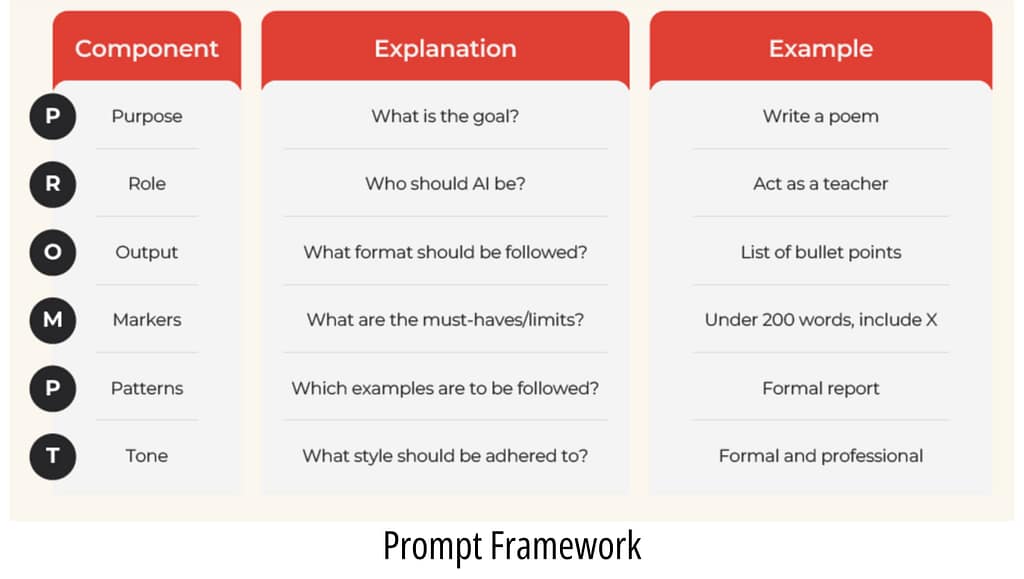
P – Purpose: Define Your “Why”
Start every prompt by clearly stating what you want to accomplish. This isn’t just about the task—it’s about the outcome you’re seeking.
Instead of: “Write an email”
Try: “Write an email to increase attendance at our quarterly team meeting”
Purpose Examples:
- “Create content to boost employee engagement”
- “Develop a strategy to improve customer retention”
- “Generate ideas to streamline our onboarding process”
R – Role: Set the Scene with Context
Tell the AI what role it should play. This dramatically improves the relevance and expertise level of responses.
Role Examples:
- “Act as an experienced HR manager with 10 years in tech startups”
- “You are a customer success specialist in the SaaS industry”
- “Take the role of a project manager familiar with remote team challenges”
O – Output: Specify Exactly What You Want
Be crystal clear about the format, length, and style of your desired output. This eliminates back-and-forth and gets you usable results faster.
Output Specifications:
- Format: “Provide this as a bullet-point list,” “Create a table,” “Write in paragraph form”
- Length: “Keep it under 200 words,” “Create 5 options,” “Make it a 2-minute read”
- Style: “Use a conversational tone,” “Keep it professional,” “Make it actionable”
M – Markers: Add Constraints and Guidelines
Set boundaries and specific requirements that ensure the output meets your exact needs.
Marker Examples:
- “Avoid technical jargon”
- “Focus on solutions that cost less than $1,000”
- “Include specific deadlines and action items”
- “Target entrepreneurs with teams of 5-50 people”
P – Patterns: Provide Examples When Helpful
Show the AI what good looks like by including examples or templates. This is especially powerful for maintaining brand voice or specific formatting.
Pattern Examples:
- “Here’s an example of our usual email tone: [insert sample]”
- “Use this structure: Problem → Solution → Next Steps”
- “Format like this email template: [insert example]”
T – Tone: Set the Emotional Context
Specify the emotional resonance you want. This ensures your content connects with your audience appropriately.
Tone Options:
- Professional yet approachable
- Encouraging and motivational
- Direct and action-oriented
- Empathetic and understanding
- Confident and authoritative
Bad vs. Good: Real Prompt Examples
Let’s see the PROMPT Framework in action with side-by-side comparisons:
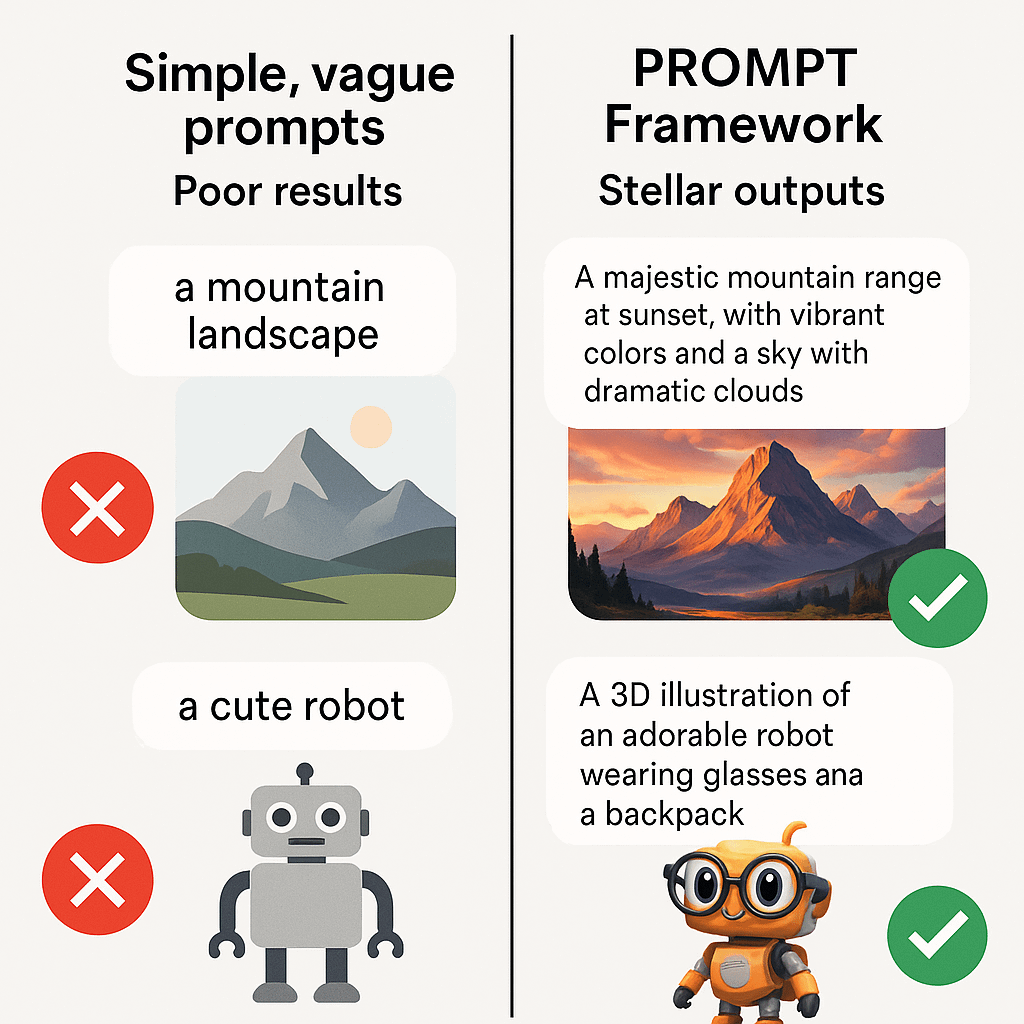
Example 1: Project Management
❌ Bad Prompt:
“Help me plan a project”
✅ Good Prompt (Using PROMPT Framework):
Purpose: Create a project timeline to launch our new employee wellness program by Q2
Role: Act as an experienced project manager who specializes in HR initiatives
Output: Provide a detailed project plan in table format with phases, tasks, deadlines, and responsible parties
Markers: Budget cannot exceed $15,000, must involve all departments, timeline is 12 weeks
Patterns: Use this format: Phase | Task | Owner | Deadline | Budget | Success Metric
Tone: Professional but encouraging, emphasizing collaboration
Example 2: Sales Communication
❌ Bad Prompt:
“Write a follow-up email”
✅ Good Prompt (Using PROMPT Framework):
Purpose: Create a follow-up email that moves prospects toward scheduling a demo call
Role: You are a B2B sales professional with expertise in consultative selling
Output: Write a 150-word email with a clear call-to-action
Markers: Focus on value, not features; avoid pushy language; include social proof
Patterns: Structure: Acknowledge previous conversation → Share relevant insight → Provide value → Suggest next step
Tone: Helpful and consultative, not salesy
Example 3: Content Marketing
❌ Bad Prompt:
“Create social media posts”
✅ Good Prompt (Using PROMPT Framework):
Purpose: Generate LinkedIn posts that establish thought leadership in the productivity space
Role: Act as a content marketing specialist who understands LinkedIn’s algorithm and professional audiences
Output: Create 5 LinkedIn post ideas, each 100-150 words with 3-5 relevant hashtags
Markers: Target busy professionals, include actionable tips, maintain authenticity
Patterns: Hook → Insight → Story/Example → Takeaway → CTA
Tone: Authentic and insightful, professional but personable
15+ Real-World Prompt Templates for Every Professional
Here are ready-to-use templates covering the most common professional scenarios:
1. Meeting Preparation Template
Purpose: Prepare for a productive [meeting type] with [stakeholders]
Role: Act as an experienced [your role] who excels at meeting facilitation
Output: Create an agenda with time allocations, discussion points, and desired outcomes
Markers: Meeting length is [X] minutes, must cover [key topics], include action items
Patterns: Opening (5 min) → Core topics (X min each) → Action planning (10 min) → Wrap-up (5 min)
Tone: Professional and structured, encouraging participation
2. Email Communication Template
Purpose: Write an email to [accomplish specific goal] with [audience]
Role: You are a [relevant professional role] with strong communication skills
Output: Compose a [length] email with clear next steps
Markers: [Specific constraints like deadline, budget, scope]
Patterns: [Greeting] → [Context] → [Main message] → [Action required] → [Timeline] → [Closing]
Tone: [Professional/casual/urgent] and [encouraging/direct/diplomatic]
3. Problem-Solving Template
Purpose: Develop solutions for [specific problem] that impacts [stakeholders]
Role: Act as a [relevant expert] with experience in [relevant area]
Output: Provide 5 potential solutions ranked by feasibility and impact
Markers: Solutions must be implementable within [timeframe] and [budget]
Patterns: Problem statement → Solution options → Pros/cons → Implementation steps → Success metrics
Tone: Analytical and practical, solution-focused
4. Presentation Planning Template
Purpose: Create a presentation to [objective] for [audience] in [timeframe]
Role: You are a presentation expert who understands [audience type]
Output: Outline with slide titles, key points, and speaker notes
Markers: Presentation length is [X] minutes, must include [key elements]
Patterns: Hook/opener → Problem/opportunity → Solution/approach → Benefits → Implementation → Q&A
Tone: Engaging and persuasive, confident and clear
5. Strategic Planning Template
Purpose: Develop a strategy to [achieve specific goal] over [timeframe]
Role: Act as a strategic consultant with expertise in [relevant field]
Output: Create a strategic framework with objectives, tactics, and metrics
Markers: Must align with [company values/constraints], budget is [amount]
Patterns: Current state → Desired state → Gap analysis → Strategic pillars → Action plan → Measurement
Tone: Strategic and forward-thinking, actionable and realistic
6. Customer Service Response Template
Purpose: Respond to [type of customer inquiry/complaint] to achieve [resolution goal]
Role: You are an experienced customer service professional skilled in [relevant area]
Output: Draft a [length] response that addresses concerns and provides solutions
Markers: Must follow [company policy], maintain [brand voice], resolve within [timeframe]
Patterns: Acknowledgment → Empathy → Explanation → Solution → Follow-up steps → Contact info
Tone: Empathetic and professional, solution-oriented and reassuring
7. Training Content Template
Purpose: Create training material to teach [skill/concept] to [target audience]
Role: Act as an instructional designer with experience in [relevant field]
Output: Develop a lesson plan with objectives, activities, and assessments
Markers: Training duration is [X] hours, must be [delivery method], accommodate [learning styles]
Patterns: Learning objectives → Pre-assessment → Content modules → Practice activities → Assessment → Resources
Tone: Educational and engaging, clear and supportive
8. Budget Proposal Template
Purpose: Create a budget proposal for [project/initiative] to secure [funding amount]
Role: You are a financial planning expert familiar with [industry/company type]
Output: Detailed budget breakdown with justifications and ROI projections
Markers: Total budget cannot exceed [amount], must show [ROI timeline], include contingencies
Patterns: Executive summary → Project overview → Cost breakdown → Justification → ROI analysis → Risk assessment
Tone: Professional and data-driven, persuasive and thorough
9. Process Improvement Template
Purpose: Optimize [specific process] to improve [efficiency/quality/cost] by [target percentage]
Role: Act as a process improvement specialist with Lean/Six Sigma experience
Output: Process analysis with current state, proposed improvements, and implementation plan
Markers: Must maintain [quality standards], consider [resource constraints], implement within [timeline]
Patterns: Current process map → Pain points → Proposed solutions → Impact analysis → Implementation roadmap
Tone: Analytical and systematic, improvement-focused and practical
10. Crisis Communication Template
Purpose: Draft crisis communication to address [specific situation] and maintain [stakeholder trust]
Role: You are a crisis communication expert with experience in [relevant sector]
Output: Communication plan with key messages for different stakeholder groups
Markers: Must be released within [timeframe], address [specific concerns], maintain transparency
Patterns: Situation acknowledgment → Facts → Actions taken → Next steps → Contact information
Tone: Transparent and accountable, calm and reassuring, professional
11. Performance Review Template
Purpose: Conduct a performance review for [employee level] focusing on [growth/improvement areas]
Role: Act as an HR professional skilled in performance management and employee development
Output: Structured review document with ratings, feedback, and development goals
Markers: Include specific examples from [time period], align with company values, set SMART goals
Patterns: Achievement summary → Strength areas → Development opportunities → Goal setting → Support needed
Tone: Constructive and supportive, honest and encouraging, professional
12. Market Research Template
Purpose: Conduct market research on [topic/competitor/trend] to inform [decision/strategy]
Role: You are a market research analyst with expertise in [industry/market]
Output: Research summary with key findings, trends, and recommendations
Markers: Focus on [geographic region/demographic], use recent data (last [timeframe]), include actionable insights
Patterns: Research objectives → Methodology → Key findings → Trend analysis → Implications → Recommendations
Tone: Analytical and objective, insightful and data-driven, professional
13. Vendor Evaluation Template
Purpose: Evaluate [vendor/supplier] options for [product/service] to make optimal selection
Role: Act as a procurement specialist with experience in [relevant category]
Output: Comparison matrix with scoring criteria and recommendation
Markers: Budget range is [amount], must meet [specific requirements], decision needed by [date]
Patterns: Requirements definition → Vendor profiles → Evaluation criteria → Scoring matrix → Risk analysis → Recommendation
Tone: Objective and thorough, analytical and practical, professional
14. Change Management Template
Purpose: Develop a change management plan for [specific change] affecting [stakeholder groups]
Role: You are a change management consultant with experience in organizational transformation
Output: Comprehensive change plan with communication strategy and timeline
Markers: Change must be implemented by [date], consider [organizational constraints], measure adoption
Patterns: Change vision → Impact analysis → Stakeholder mapping → Communication plan → Training plan → Success metrics
Tone: Empathetic and motivating, clear and structured, supportive
15. Innovation Brainstorming Template
Purpose: Generate innovative ideas for [challenge/opportunity] that could [desired outcome]
Role: Act as an innovation consultant with expertise in [relevant field/methodology]
Output: List of 10-15 creative ideas with brief descriptions and feasibility ratings
Markers: Ideas should be implementable within [timeframe/budget], consider [constraints/criteria]
Patterns: Problem reframing → Idea generation → Concept development → Feasibility assessment → Prioritization
Tone: Creative and inspiring, open-minded and practical, energetic
16. Onboarding Process Template
Purpose: Create an onboarding experience for [role type] that ensures [success metrics]
Role: You are an HR specialist with expertise in employee onboarding and retention
Output: 30-60-90 day onboarding plan with checklists and milestones
Markers: Must cover [key areas], accommodate remote/hybrid work, measure engagement
Patterns: Pre-boarding → Day 1 experience → Week 1 foundations → 30-day integration → 60-day productivity → 90-day evaluation
Tone: Welcoming and structured, supportive and clear, professional
If you’ve made it this far, don’t forget to experiment with the prompt structures shared above and adapt them to your own needs. And make sure to pass them along to non-tech professionals who might be struggling to find their footing in this fast-moving technological shift.
Now, let’s dive into how I actually use prompts.
What is AI Paraphrasing? Simple Guide to AI Text Rewriting Tools in 2025
How to Design a High-Impact Sales Poster: Complete Creative Guide with Brand Examples
Designing a poster that truly captures energy, pride, and brand clarity requires more than just flashy visuals it demands structure. This creative brief sets out the exact specifications for a high-impact vertical poster where the salesman is envisioned as a modern योध्दा (warrior).
Every detail from the proportions of the canvas to the safe margins for heading and tagline is carefully defined to ensure that the composition not only looks powerful but also communicates unmistakable brand messaging.
At the heart of the design stands the confident Indian salesman, styled as a modern warrior who carries the spirit of determination and pride. With Marico’s products in his hands and grouped neatly around him, the layout balances HEALTH, NEED, and STYLE as distinct yet connected themes.
AI that Makes Managers 10x Faster !
The packs remain unaltered and crystal clear, while colored auras and diagonal speed lines bring energy and motion into the frame. This balance between strict product fidelity and dynamic creative energy ensures that both the brands and the hero figure command attention.
The poster comes alive with a vibrant saffron, green, and electric-blue burst in the background, tied together by bold Devanagari and modern English text. Nothing is left to chance—headings, placements, and brand marks are precisely dictated. The result: a high-energy, warrior-inspired sales poster designed to rally confidence and set the stage with impact.
Learn Advance Prompting Click Here
I’m sharing two detailed prompts I used to create a sales campaign poster. With just minimal tweaks, the results turned out astonishing. Explore them yourself and experiment to sharpen your prompting skills.
Sales Campaign Poster Prompt 1
“Create a dynamic, high-energy poster of an Indian salesman styled as a modern योद्धा (warrior).
The central figure should be a confident Indian salesman with wheatish complexion, short black hair, and a strong, determined expression. He is smiling with pride but standing in a powerful, warrior-like pose.
He should be wearing a t-shirt with the Marico logo on it (clean and visible).
In his right hand, he holds a Livon bottle (exact product image attached) like a shining weapon.
In his left hand, he holds a Set Wet tube (exact product image attached), raised like a powerful tool of style.
Ensure the brand names are clearly visible on both products.
Give the salesman a योद्धा (warrior) look: dynamic stance, confident body language, and slight heroic aura, but keep it modern and relatable (not ancient).
Background: a vibrant radial burst with saffron, gold, green, and electric blue, symbolizing energy and progress.

Sales Campaign Poster Prompt 2
Goal: A vertical, high-energy poster with the salesman as a modern योध्दा, products grouped cleanly, and exact texts.
Composition & Canvas
Orientation: Vertical poster, 3:4 (or 4:5) ratio, 300 DPI.
Top safe margin for heading; bottom safe margin for tagline.
Top Heading (EXACT, one line)
Text (exactly as below, single line, no breaks):
अस्सी-नब्बे-पूरे-सौStyle: Massive, bold Devanagari; dark blue/black fill with saffron-yellow outer glow; centered; auto-shrink tracking only to keep it on one line (do NOT wrap).
Central Figure (Modern योध्दा)
Confident Indian salesman (wheatish complexion, neatly combed black hair), strong determined expression with a proud smile.
Athletic, action-ready stance (warrior vibe), slight heroic rim light.
Clothing: Plain t-shirt with the Marico logo on chest (logo clear and sharp).
Products in Hands (use exact images AS-IS)
Right hand: Livon bottle — place the exact uploaded image (no stylizing, no redraw, no relabel, preserve aspect ratio, keep label crisp).
Left hand: Set Wet tube — place the exact uploaded image (same constraints).
Ensure both brand names are crystal clear and readable.
Grouped Product Layout (Floating around the salesman)
Left = HEALTH (golden aura):
Saffola Gold pack — exact uploaded image.
Saffola Masala Oats pack — exact uploaded image.
Arrange neatly as a clean group, slight golden glow, no warping, labels fully legible.
Right = NEED (green aura):
Parachute oil bottle — exact uploaded image.
Parachute Jasmine — exact uploaded image.
Nihar Shanti Amla — exact uploaded image.
Arrange neatly as a clean group, subtle green glow, labels fully legible.
Diagonal = STYLE (electric blue/silver):
Represent style with electric blue/silver speed lines and glow running diagonally behind/through the salesman’s hands (where Livon & Set Wet are).
Do NOT add any extra style product packs here—only the Livon & Set Wet in hands represent style.
Background
Vibrant radial burst: saffron & gold at the top, deep green on the left area, electric blue/silver on the right/diagonal area; asymmetrical, energetic; keep products readable.
Bottom Tagline (EXACT)
Text (exact case and punctuation):
Livon Yodhas Let’s SET The ShowBold, modern, centered; high contrast; no rewording.
Critical “Do Nots”
Do not tweak, redraw, replace, or stylize any product images or labels.
Do not alter the heading or bottom text wording.
Do not wrap the heading; keep it one line.
Keep all brand marks sharp, undistorted, and fully visible.
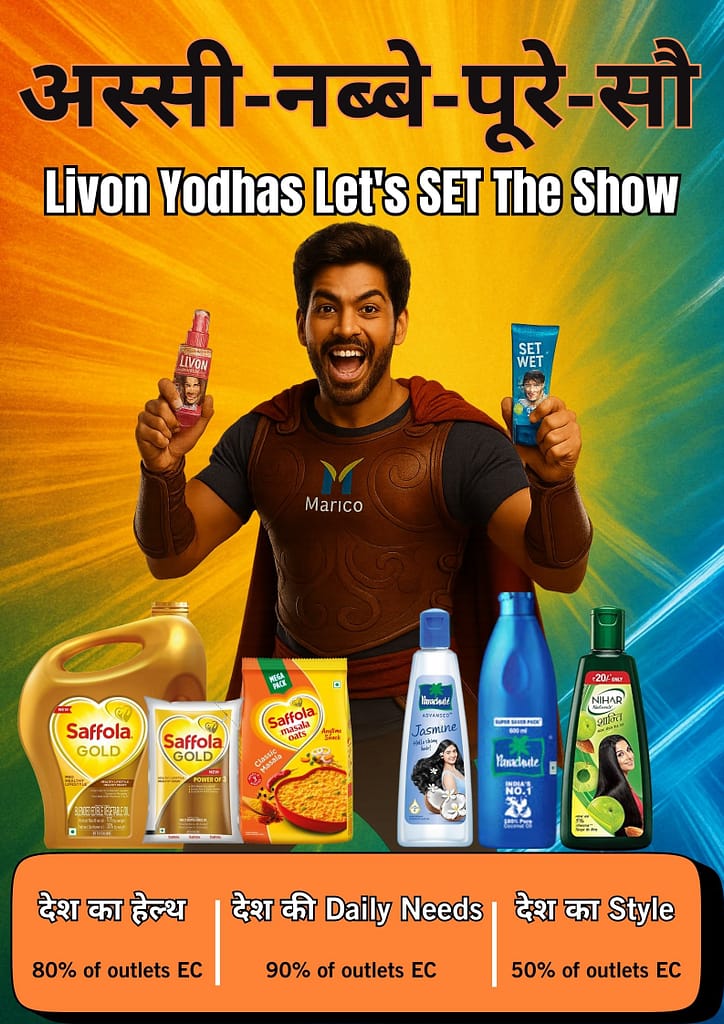
Latest AI Adoption Trends (2024-2025): What Non-Tech Professionals Need to Know
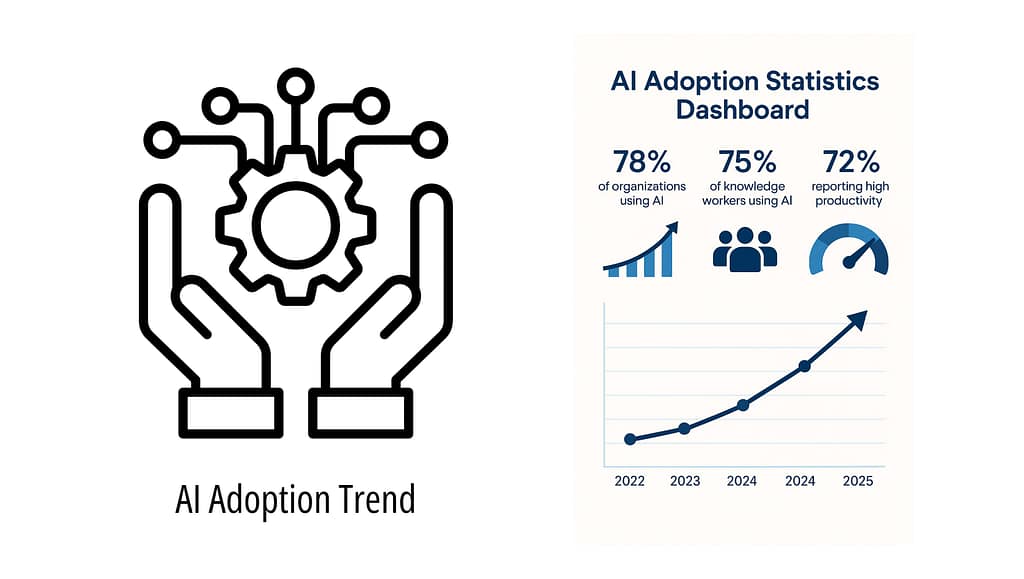
The AI landscape is evolving rapidly, and understanding current trends helps you stay ahead of the curve:
Market Growth & Investment:
- The global AI market reached $391 billion in 2025 and is projected to hit $1.81 trillion by 2030
- 92% of companies plan to increase AI investments over the next three years
- Only 1% of leaders consider their organizations “mature” in AI deployment, indicating massive room for growth
Workplace Adoption Patterns:
- Use of generative AI nearly doubled in the last six months of 2024
- 46% of current AI users started using it less than six months ago
- 63% of organizations intend to adopt AI globally within the next three years
Productivity Impact:
- Workers using AI tools show 66% increased throughput on realistic daily tasks
- Productivity in AI-heavy industries is nearly 5x higher than in non-AI industries
- Companies report 45% productivity increases in software development and consulting
Industry-Specific Trends:
- 90% of hospitals now employ AI for diagnosis and monitoring
- 51% of marketers already use generative AI, with 22% more planning to adopt soon
- 92% of students utilize generative AI for various academic tasks
Skills and Training Needs:
- 50% of employees don’t feel properly trained on workplace technology
- Nearly 50% say their digital skills aren’t recognized by their organizations
- AI aptitude could rival experience in hiring decisions, according to managers
Advanced Tips for Prompt Mastery
As you become more comfortable with the PROMPT Framework, these advanced techniques will help you achieve even better results:
Iterative Prompting
Don’t expect perfection on the first try. Use follow-up prompts to refine:
- “Make this more concise”
- “Add specific examples for the healthcare industry”
- “Adjust the tone to be more formal”
- “Include implementation timelines”
Context Stacking
Build on previous conversations by referencing earlier outputs:
- “Using the strategy we just developed, create a communication plan”
- “Based on the previous analysis, what are the top 3 risks?”
- “Expand on point #2 from the last response with specific action steps”
Constraint Optimization
Use creative constraints to generate better ideas:
- “Solve this problem with only free tools”
- “Create solutions that take less than 30 minutes to implement”
- “Develop options that work for both remote and in-office teams”
Multi-Perspective Prompting
Ask for different viewpoints in a single prompt:
- “Provide solutions from the perspective of IT, HR, and Finance teams”
- “How would a startup vs. enterprise approach this differently?”
- “What would both customers and internal teams think about this approach?”
Measuring Your AI Prompt Success
Track these metrics to improve your prompting skills:
Efficiency Metrics
- Time to useful output: How quickly do you get actionable results?
- Revision cycles: How many iterations needed to get what you want?
- Implementation rate: What percentage of AI suggestions do you actually use?
Quality Indicators
- Relevance score: Does the output match your actual needs?
- Completeness: Are all required elements present?
- Professional polish: Is the output ready to use or does it need significant editing?
Business Impact
- Task completion time: How much faster are you completing routine work?
- Creative output: Are you generating more diverse ideas and solutions?
- Decision quality: Are AI-assisted decisions proving more effective?
Common Pitfalls and How to Avoid Them
Even with the PROMPT Framework, watch out for these common mistakes:
Over-Engineering Prompts
Problem: Making prompts so complex they become unwieldy
Solution: Start simple and add complexity gradually
Ignoring AI Limitations
Problem: Expecting AI to know information it wasn’t trained on
Solution: Always verify factual claims and recent data
Inconsistent Voice
Problem: Getting different tones across similar requests
Solution: Save successful tone examples and reference them
Prompt Dependency
Problem: Using AI for everything without developing your own skills
Solution: Use AI to enhance, not replace, your expertise
The Future is AI-Augmented, Not AI-Replaced
As we look ahead, the professionals who thrive won’t be those who fear AI or those who blindly adopt every new tool. They’ll be the ones who thoughtfully integrate AI into their workflows, using frameworks like PROMPT to maintain control and achieve consistent results.
The statistics are clear: AI adoption is accelerating across all industries, and the productivity gains are real. But the secret sauce isn’t the technology itself—it’s knowing how to communicate effectively with these powerful tools.
Whether you’re drafting emails, planning projects, analyzing data, or solving complex business challenges, the PROMPT Framework gives you a systematic approach to getting the AI output you need, when you need it.
The future of work is here, and it’s more exciting than intimidating. With the right framework and a willingness to experiment, you can harness AI’s power to become more productive, creative, and strategic in your professional role.
Ready to transform how you work with AI?
Subscribe to AI in Plain English for weekly prompts, automation tutorials, and insider tips on the latest AI tools for professionals. Join thousands of non-tech professionals who are already using AI to work smarter, not harder.
FAQs
How can AI help non-tech professionals be more productive at work
AI helps non-tech professionals boost productivity through content creation, task automation, and data analysis without requiring coding skills. Key benefits include: 90% time savings on routine tasks, 85% better focus on high-impact work, and 84% increased creativity.
What is the PROMPT framework for writing AI prompts
The PROMPT Framework is a structured method for writing effective AI prompts using six components: Purpose (define your goal), Role (set AI’s context), Output (specify format), Markers (add constraints), Patterns (provide examples), Tone (set emotional context).
Best AI tools for professionals in 2025 that are easy to use
Best easy-to-use AI tools for 2025: General Purpose – ChatGPT ($20/month), Claude (free tier) | Writing – Grammarly ($12/month), Jasper ($39/month) | Design – Canva AI ($14.99/month).
PROMPT framework vs other AI prompting methods which is better
PROMPT framework vs other methods comparison: PROMPT Framework – 6 structured components (Purpose, Role, Output, Markers, Patterns, Tone) providing comprehensive prompt structure


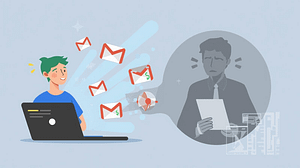

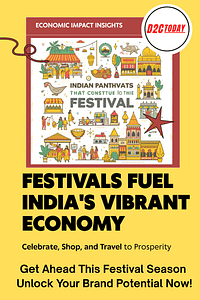

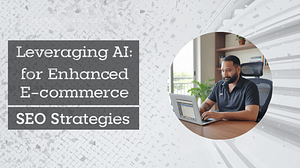
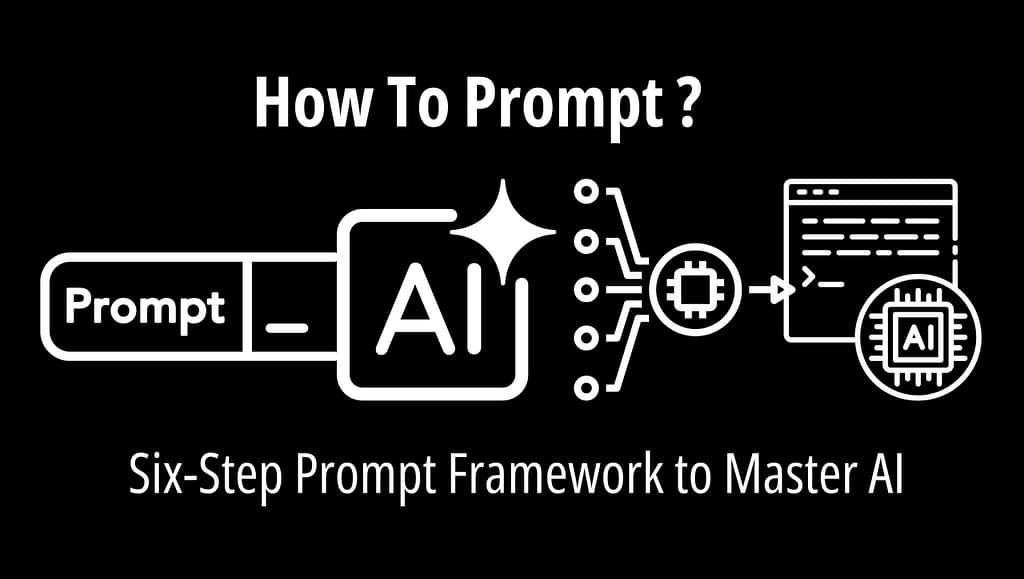
1 thought on “PROMPT Framework AI for Non Tech Professionals Instantly Master AI Prompts”
Your blog is a treasure trove of valuable insights and thought-provoking commentary. Your dedication to your craft is evident in every word you write. Keep up the fantastic work!